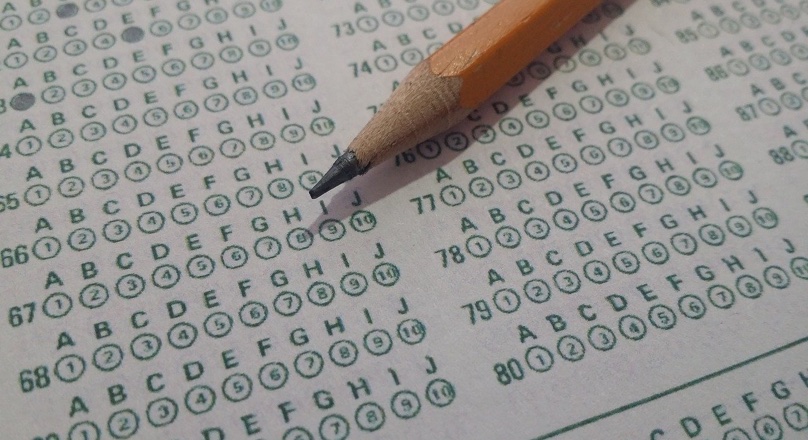Results for ""
For the JEE (Main) cycle of February, 56 possible impersonators have been identified thanks to the AI algorithms on face comparison employed by the National Testing Agency (NTA). These possible impersonators' faces match with a few images of the 20,000 top-ranked candidates who appeared for JEE exams in 2019 and 2020, while the credentials such as the name, date of birth or father’s name, differ.
The NTA has alerted the test centres so that they will be extra vigilant with these candidates and their images and identification documents were collected before they commence the exams. If the impersonation is proved, these candidates will not be granted admissions in the colleges, said the sources at the Ministry of Education (MoE).
“Post declaration of the results in May, NTA is likely to pass on these cases to the institutions for verification during the admissions. If the images in the registration form, admit card, the image during the entry doesn’t match with the person coming for admission necessary action can be initiated,” said a senior ministry official.
The first out of the four rounds of JEE (Main), which covered architecture and planning, concluded on February 23, while engineering was covered on February 24. A total of 6.6 lakh candidates will be appearing for this cycle.
“This is the third year NTA is conducting the computer-based JEE (Main). We have been hearing that some of the previous years’ toppers would impersonate, score high and help secure a seat for someone else. Therefore, NTA decided to improve the system and alert institutions of such fraud. So it decided to monitor candidates,” said a senior ministry official.
This year, the JEE Main examination will be conducted four times and in 13 languages for undergraduate programs at NITs, IIIT s and other centrally-funded technical institutes and engineerings collages. The next three rounds shall commence in March, April and May. After this, in May, the merit list will be published by calculating the best scores.






